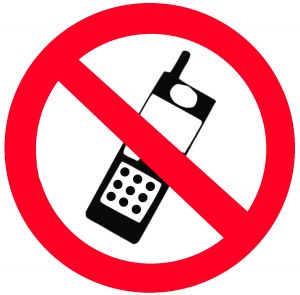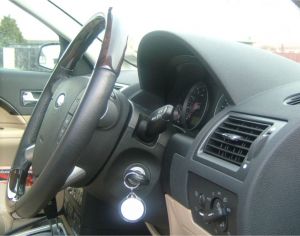Our Boston child injury attorneys encourage parents to speak with their teenagers about the risks associated with poor driving decisions this week as safety advocates nationwide carry the message during Teen Safe Driver Week (Oct. 17-24).
As we enter the high school homecoming season, with winter driving and the holidays just around the corner, it’s a great time to have a serious talk with your children about their risk for a Massachusetts car accident.

Sixty-eight motorists were killed in car accidents involving teen drivers in 2008, according to the National Highway Traffic Safety Administration. Nationwide, traffic accidents are the leading cause of death among teenagers.
Teens are among the worst offenders of every poor driving habit in the book: speeding, drunk driving, texting and driving, distracted driving, driving without a seat belt and driving with too many passengers in the car.
The Massachusetts Department of Transportation reports that a full one-third of 16-year-old drivers are involved in a car accident — 4,018 of 11,819 in a recent year. Drivers age 17 had a 1 in 5 chance of being involved in a crash. While about one-seventh of those age 18 were in a traffic accident.
And the Centers for Disease Control and Prevention reports that 40 percent of teen deaths are the result of car accidents.
Spend some time this week with your teenagers and talk to them about the dangers associated with poor driving habits and about riding in cars with other teens.
You can use this Massachusetts teen driving contract to make a pact with your teen to stay safe behind the wheel.
Continue reading
 Boston Car Accident Lawyer Blog
Boston Car Accident Lawyer Blog








